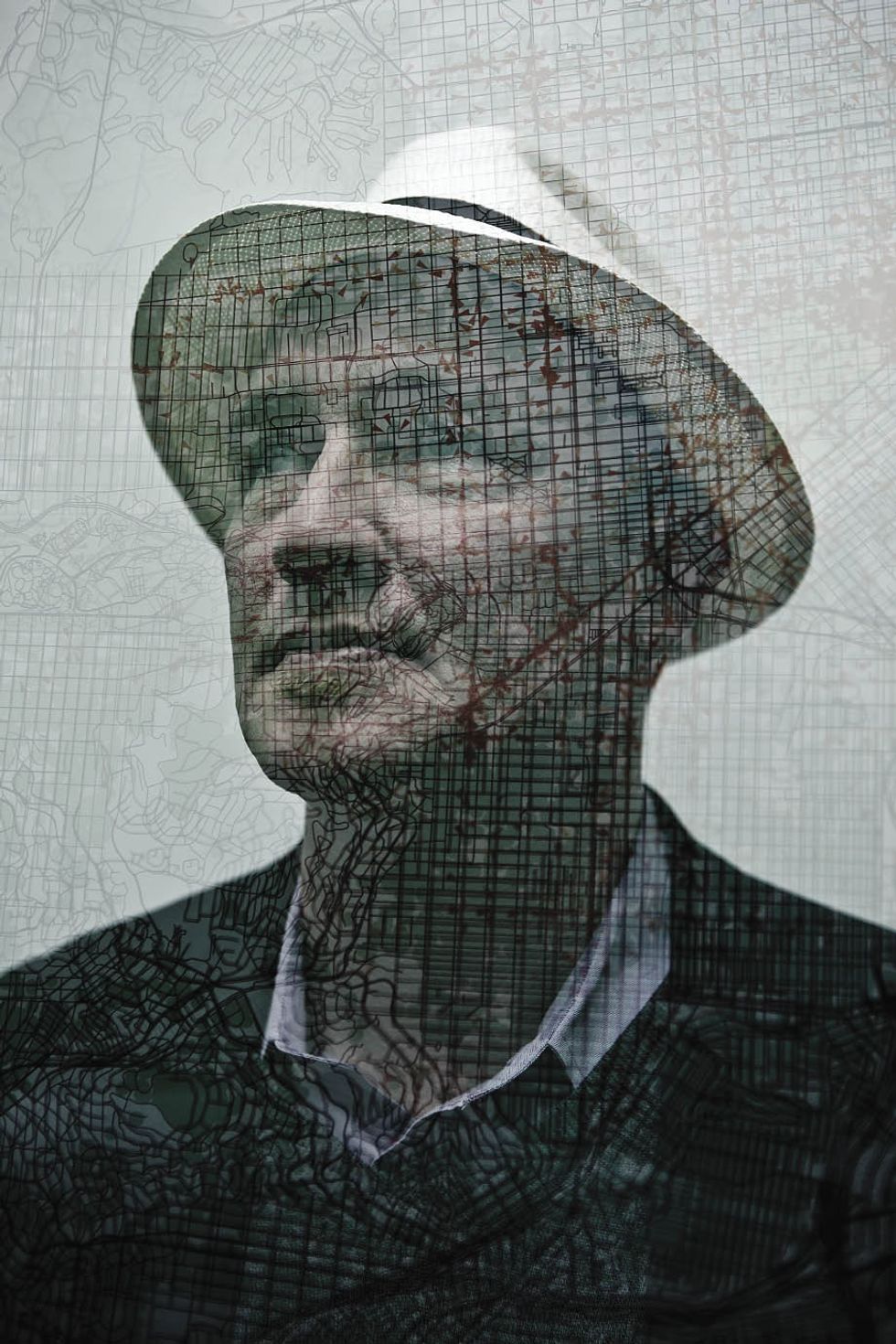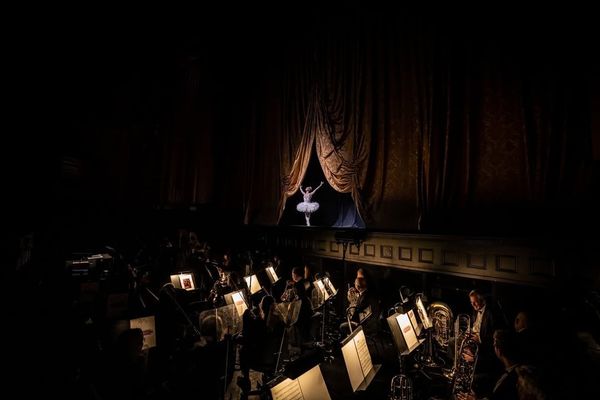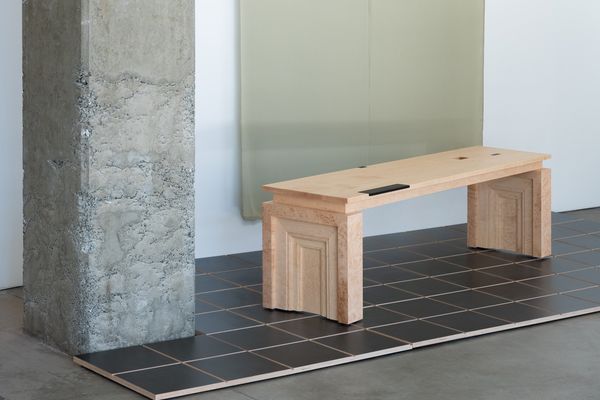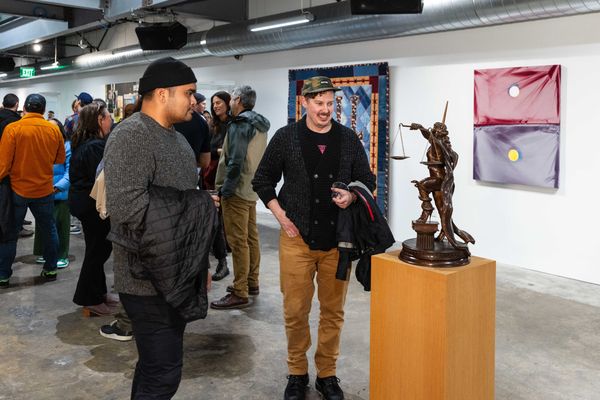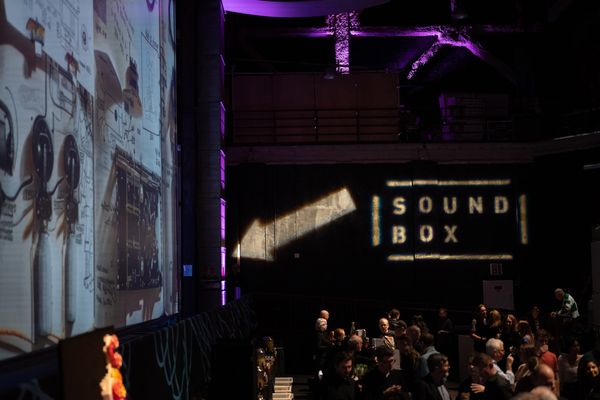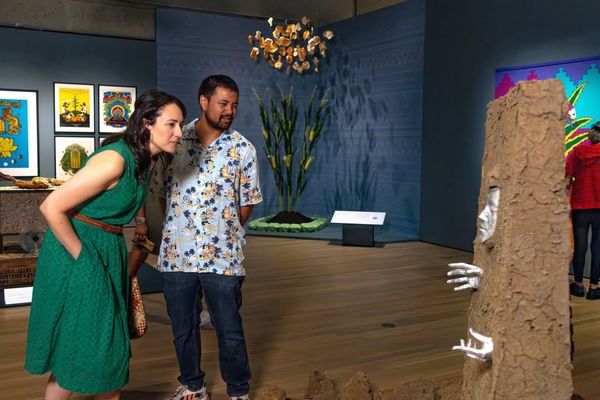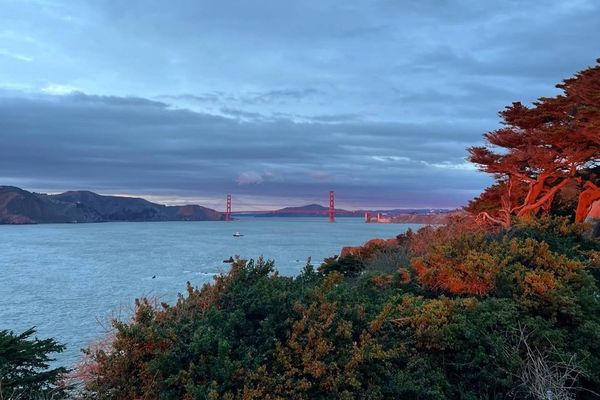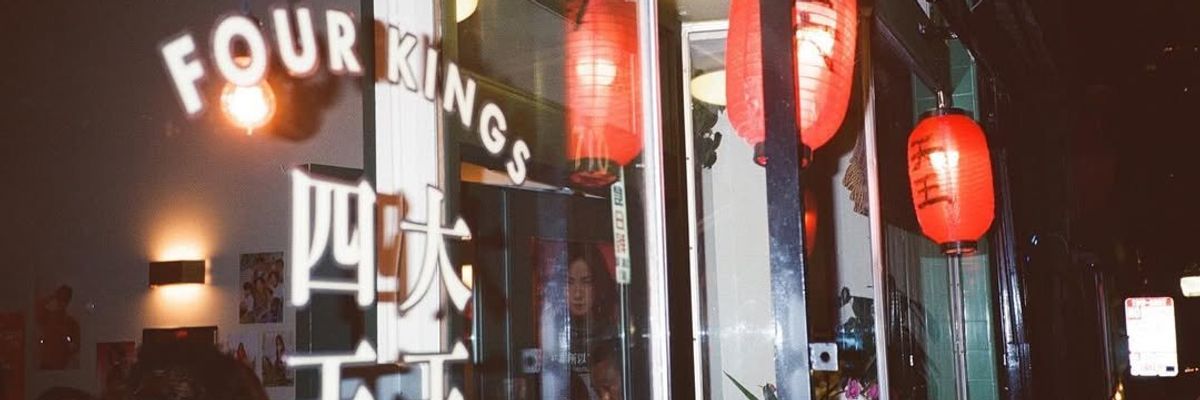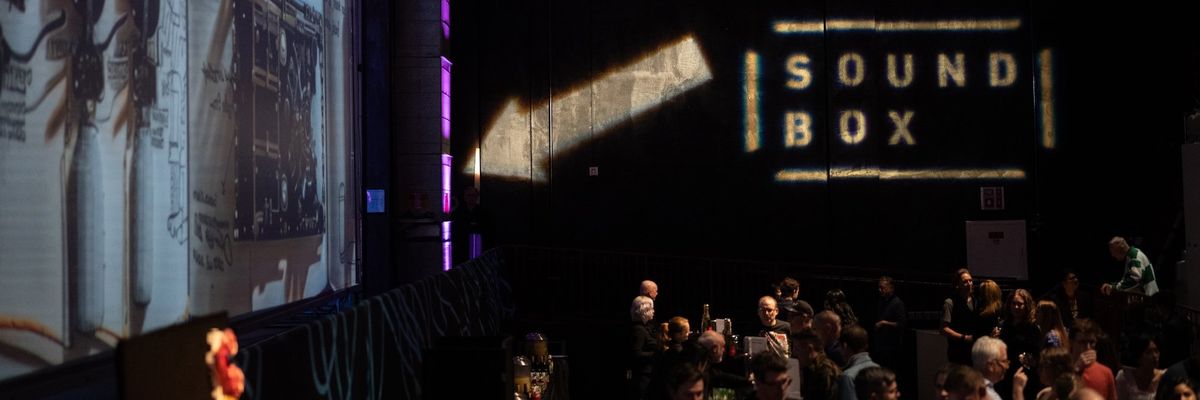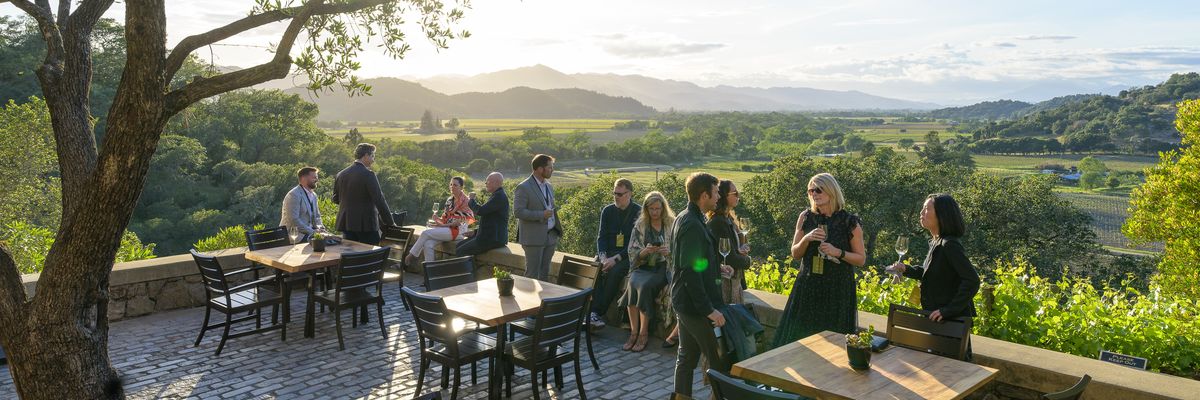HOT. The word carries so many meanings: passionate, sizzling, trendy, intense, and yes, sexy. But for us, it signals our favorite month. Meet the 20 movers and shakers that have us fired up this year.
Understanding what Eric Rodenbeck does is like trying to get your arms around @karlthefog. But like the fog, CEO Rodenbeck’s data-visualization studio, Stamen, helps make San Francisco what it is—cool, beautiful, and thought-provoking. “Our practice isn’t just about making information clear; it’s about making it delightful.” One example: the “Google bus transit map,” created for San Jose’s Zero1 Biennial in 2012. “Part of the point was to say that we can go out and find this information ourselves,” Rodenbeck says. “We did that basically for free.” (Although they did pay bike messengers to track the buses.)
These pro bono projects serve as R&D, something Rodenbeck considers vital. “What I want to do is make it so that people can’t tell whether we got paid to do something or not.” Fortunately, Stamen has enough paying clients, from BMW to Trulia, to subsidize future projects, like…where are all those fire engines going? “They’re loud, we pay for them, and they’re not fighting fires,” says Rodenbeck. “They’re the default ambulance service. You can’t get information on where they go because they’re covered under HIPAA [the Health Insurance Portability and Accountability Act]. But if we can map them, we can have a real conversation about them.” Bike messengers, stand by.
What surprised Eric Rodenbeck about the Google buses
“I thought it was just a Mission issue—that all the hipsters in the Mission were going down to Facebook. But it turns out there’s a huge conduit on Van Ness...everybody in the Marina works at Google, basically. That’s where the marketing people live, I guess. That, to me, was the big light that went off—you map it, and suddenly you can have a real conversation about it, whereas we couldn’t before. It was all just people burning piñatas at 16th and Mission and the rampant gentrification we’re creating, but it turns out that [the phenomenon is] a citywide thing. That’s the first step, to be able to have a conversation about what’s actually there, instead of what we think is there.”



